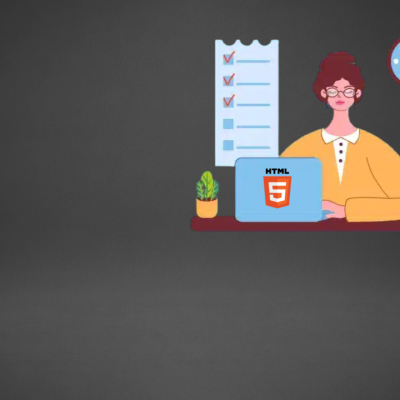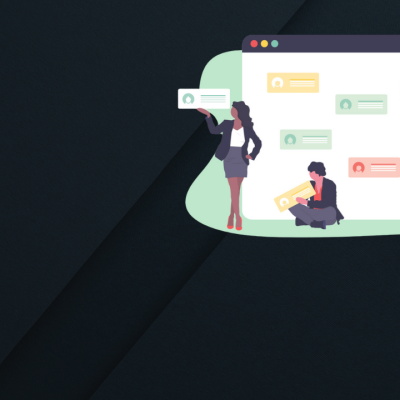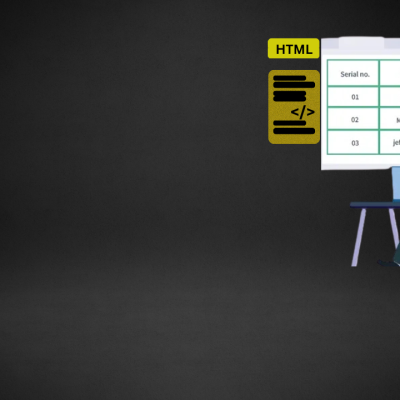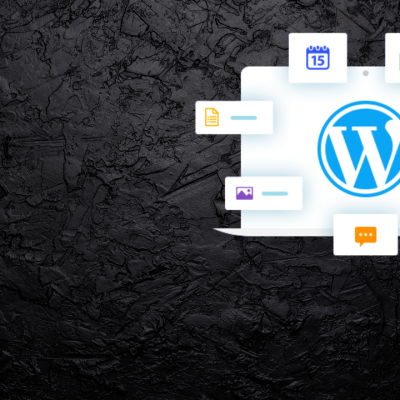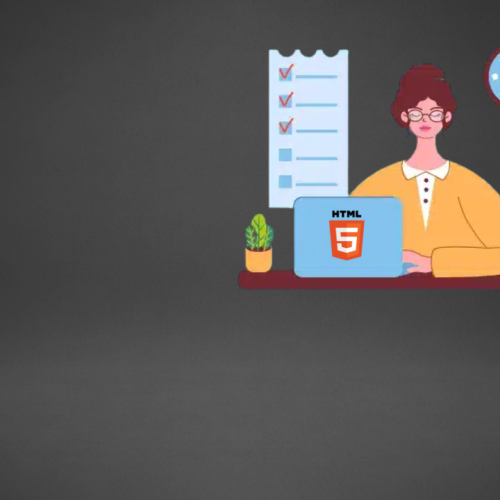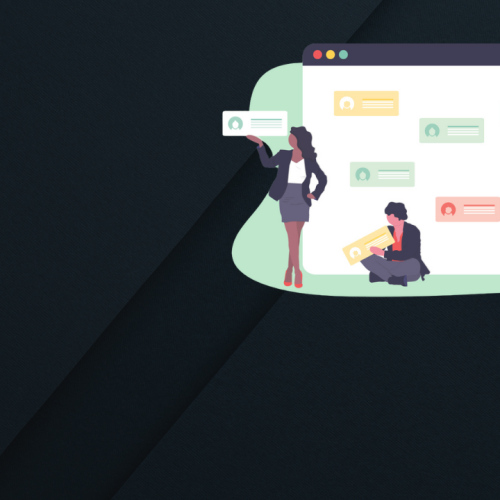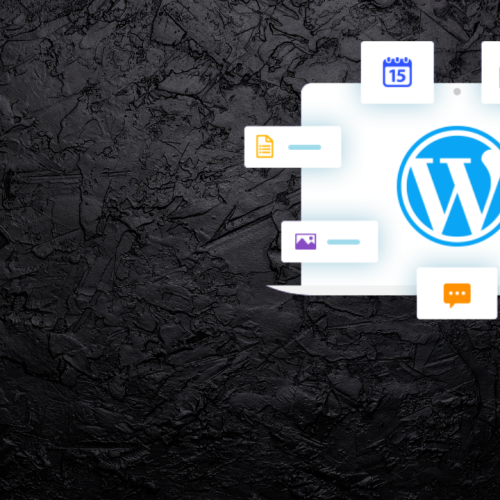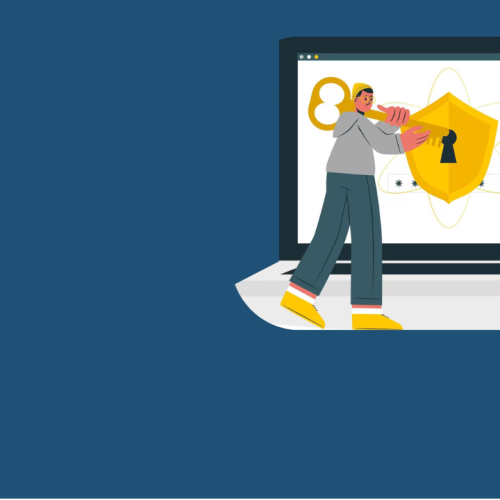Education is evolving faster than ever — and Artificial Intelligence (AI) is at the heart of this transformation. From personalized learning experiences to automated grading systems, AI is reshaping classrooms, universities, and online learning platforms worldwide.
In 2025, the impact of AI in education goes beyond smart tools — it’s changing how we teach, what we learn, and how fast we can adapt.
🎓 1. Personalized Learning for Every Student
One-size-fits-all learning is becoming a thing of the past. AI-powered platforms like Khanmigo, Coursera’s AI tutor, and Squirrel AI customize learning experiences based on each student’s strengths, weaknesses, and pace.
These tools use algorithms to analyze progress and deliver personalized lessons, quizzes, and study materials, helping students stay motivated and engaged.
Example: A student struggling with algebra can get simplified lessons, while an advanced learner moves on to complex problems — all guided by AI.
🧑🏫 2. AI-Powered Teaching Assistants
Teachers now have AI assistants to handle repetitive tasks like grading, attendance tracking, and even generating lesson plans.
AI tools such as Gradescope and Teacherbot help educators save hours every week, giving them more time to focus on creative and meaningful teaching.
Moreover, chatbots like ChatGPT are being used by teachers to create engaging content and provide instant answers to student questions.
💬 3. Smarter Assessments and Feedback
AI doesn’t just evaluate test results — it interprets performance trends. Tools like Turnitin, Grammarly, and Quillionz assess writing style, grammar, and originality, providing instant, actionable feedback.
These systems help students improve quickly while giving teachers data-driven insights into each learner’s progress.
🌍 4. Breaking Barriers in Global Education
AI is making quality education accessible anywhere. Language translation tools such as DeepL and Google Translate AI now allow students to take global courses without language limitations.
AI-driven learning platforms also help rural or remote learners connect with the same resources as those in major cities — bridging the global education gap.

🧠 5. Predictive Learning Analytics
Institutions are using AI analytics to identify at-risk students early. By monitoring engagement levels and test results, AI predicts which students might struggle and alerts teachers before it’s too late.
This trend is particularly important in online learning, where early intervention can reduce dropout rates dramatically.
🔮 6. The Future: AI Mentors and Virtual Classrooms
By 2025, we’re seeing the rise of AI mentors — intelligent systems that guide students through courses, recommend learning paths, and even suggest career options.
Virtual reality (VR) and AI together are creating immersive learning environments — students can explore historical sites, dissect virtual organisms, or simulate physics experiments — all powered by AI.
🚀 Final Thoughts
AI in education isn’t about replacing teachers — it’s about empowering them. The future classroom blends human creativity with AI precision, ensuring every student gets the attention and resources they need to succeed.
In 2025 and beyond, AI will continue to redefine learning — making it smarter, more inclusive, and endlessly adaptive.
🔖 SEO Tags / Keywords
- AI in education 2025
- artificial intelligence for students
- AI learning tools
- AI for teachers
- personalized learning AI
- AI tutors 2025
- education technology trends
- AI in online learning
- future of AI in education
- best AI tools for schools


